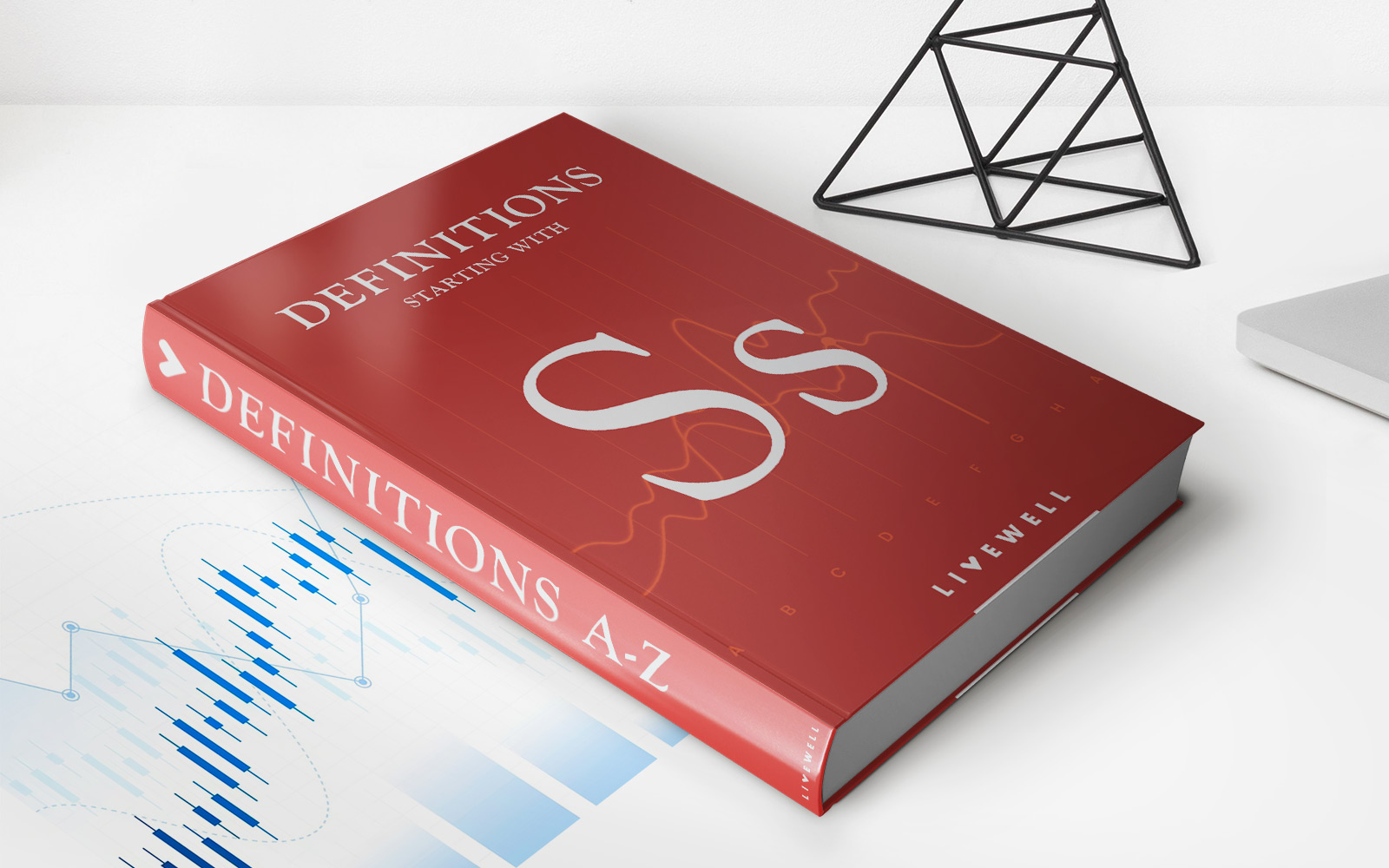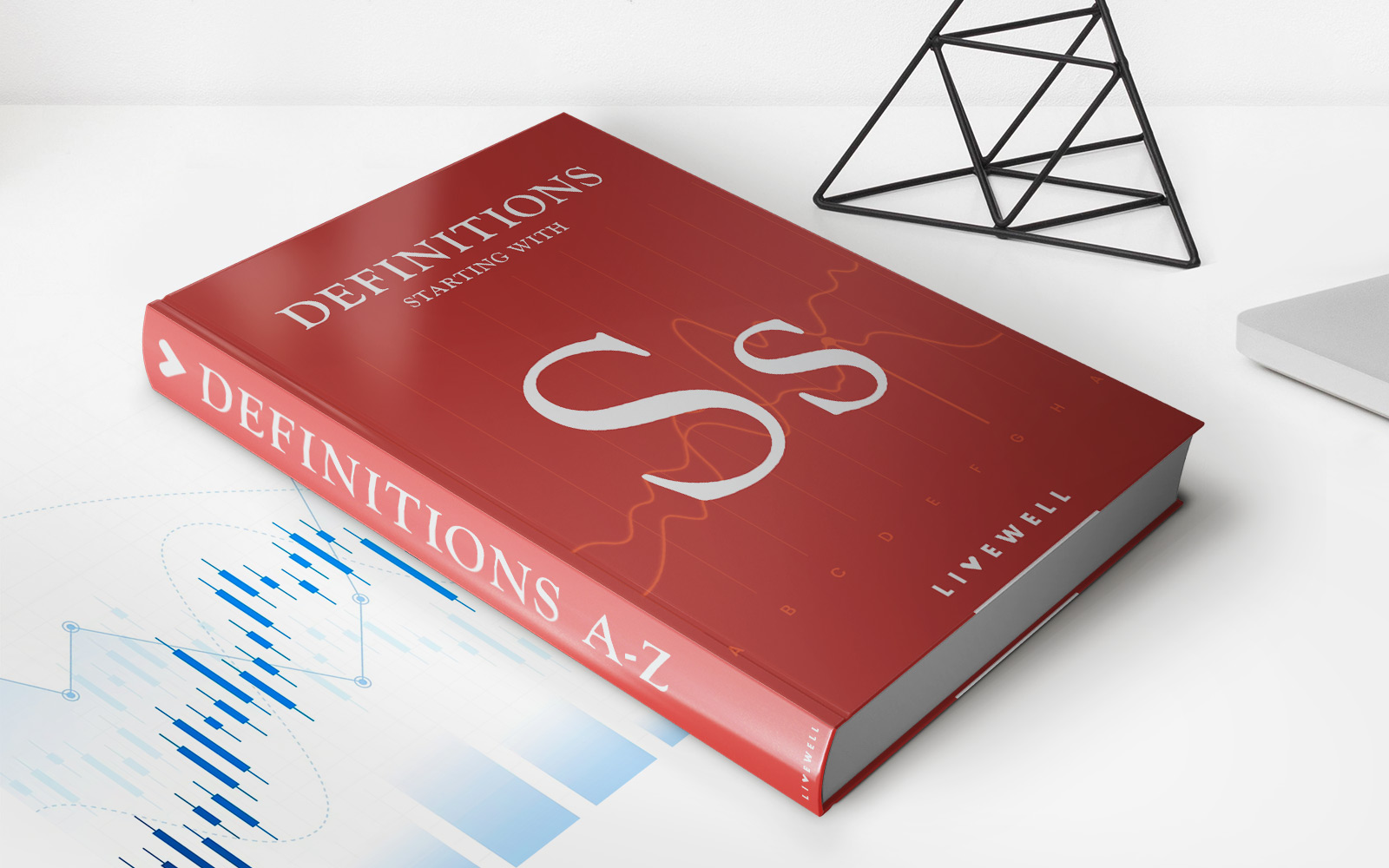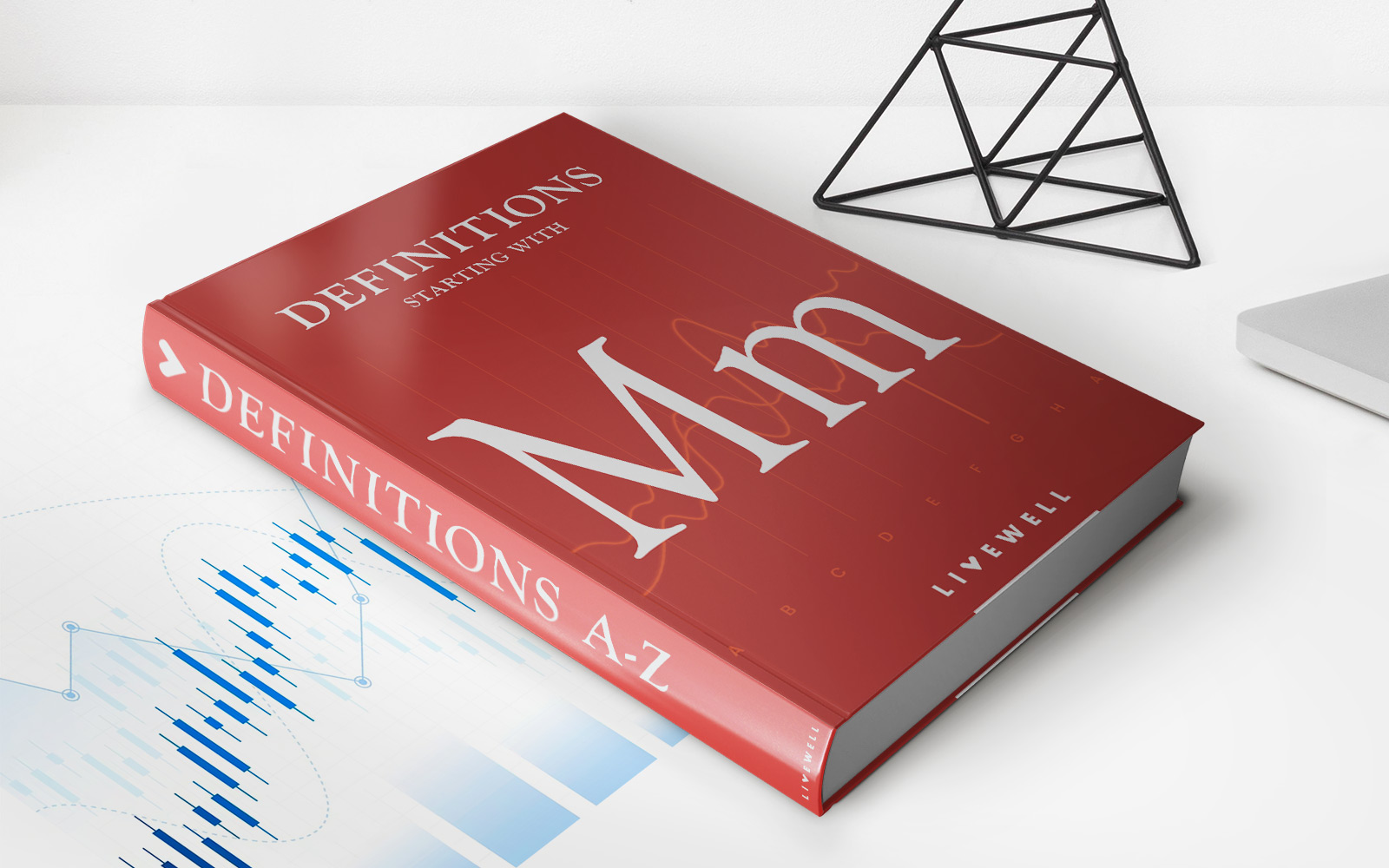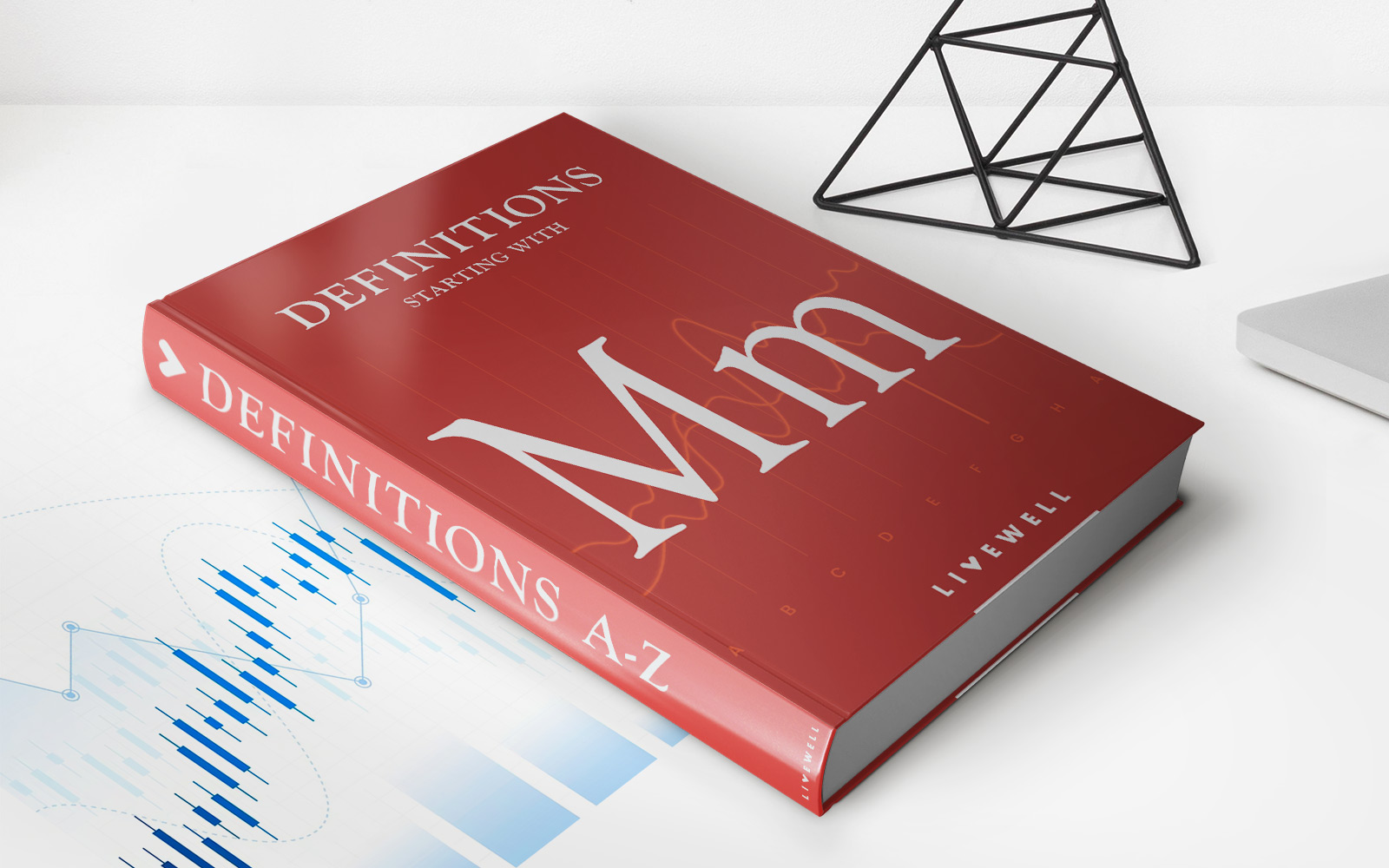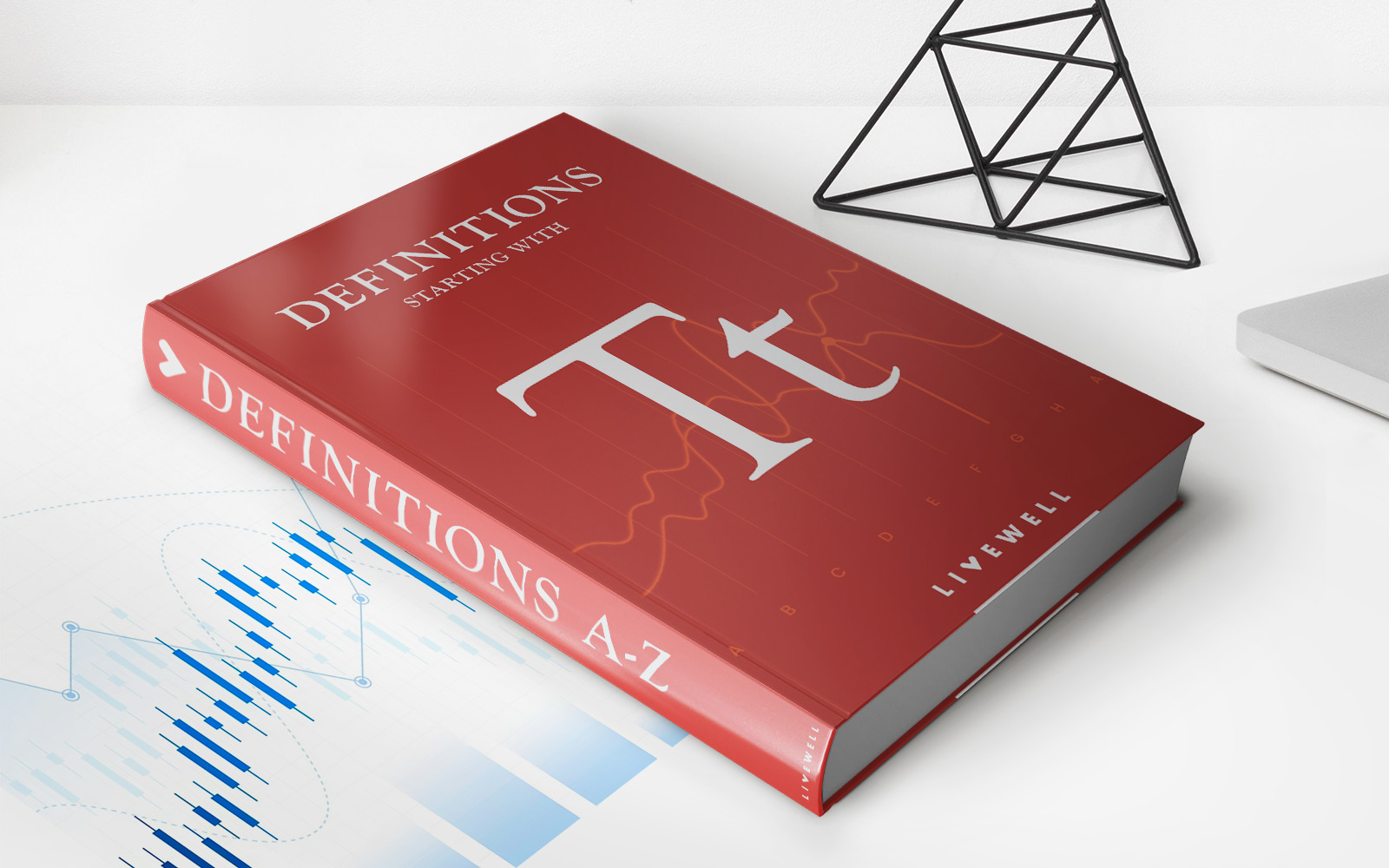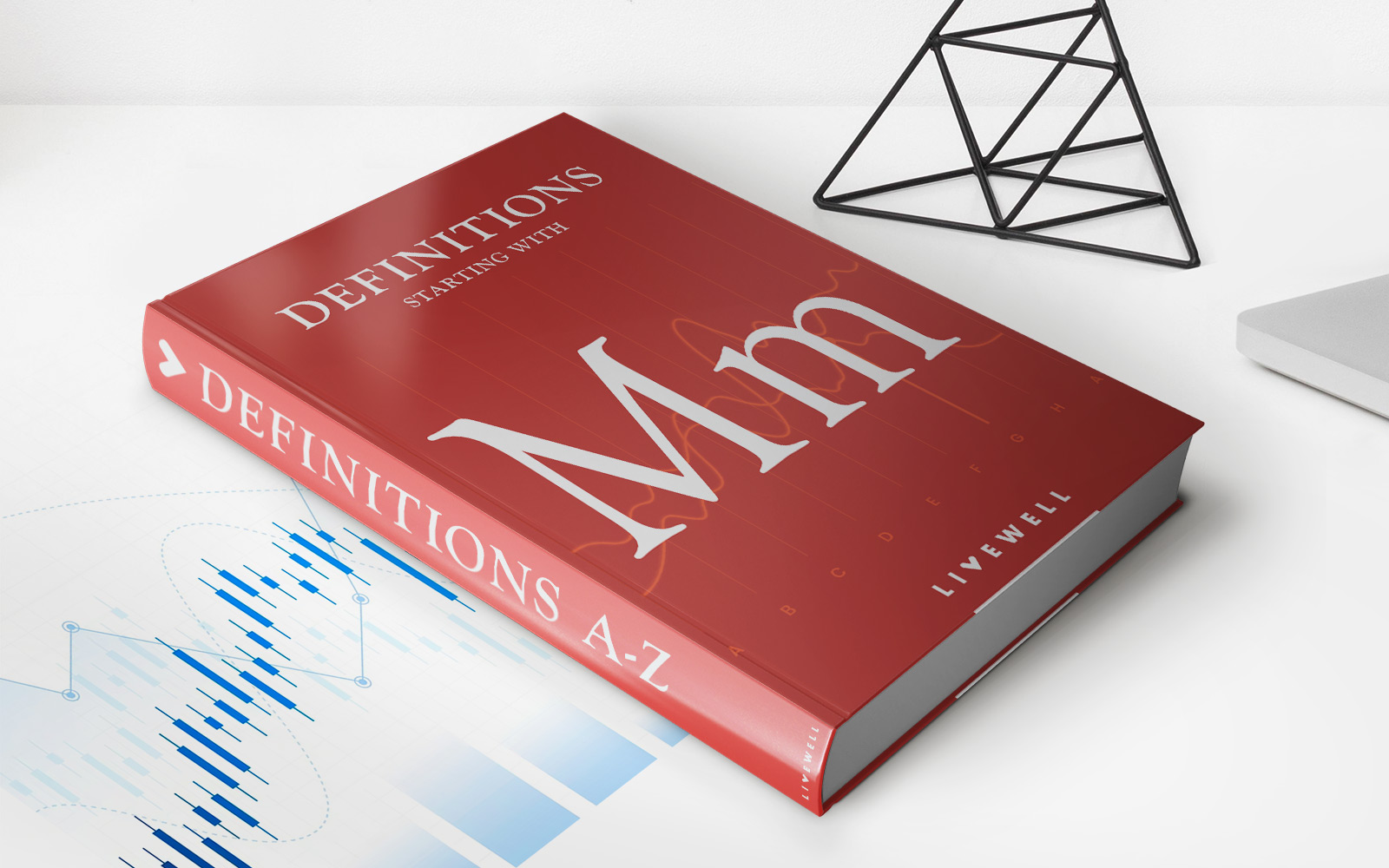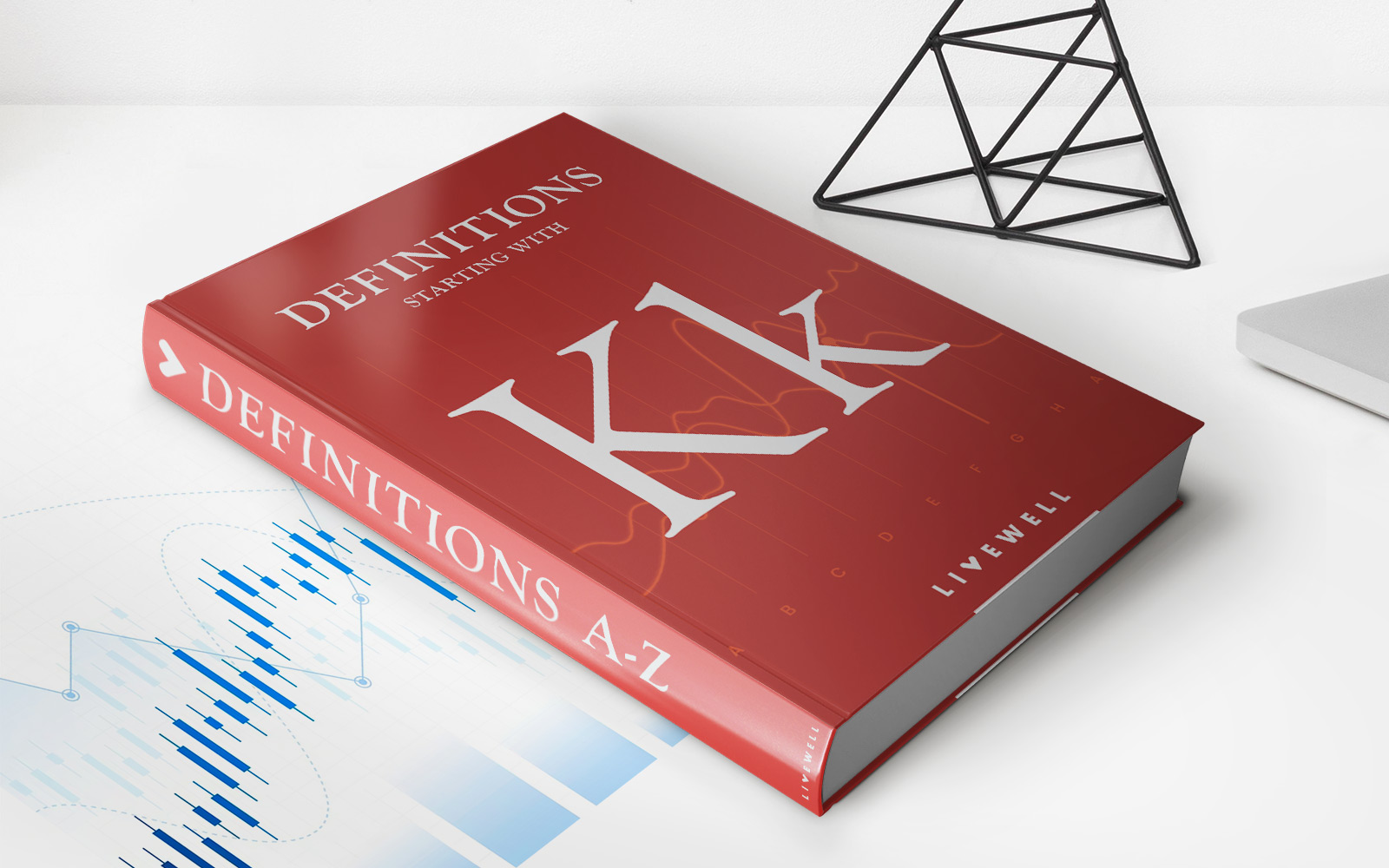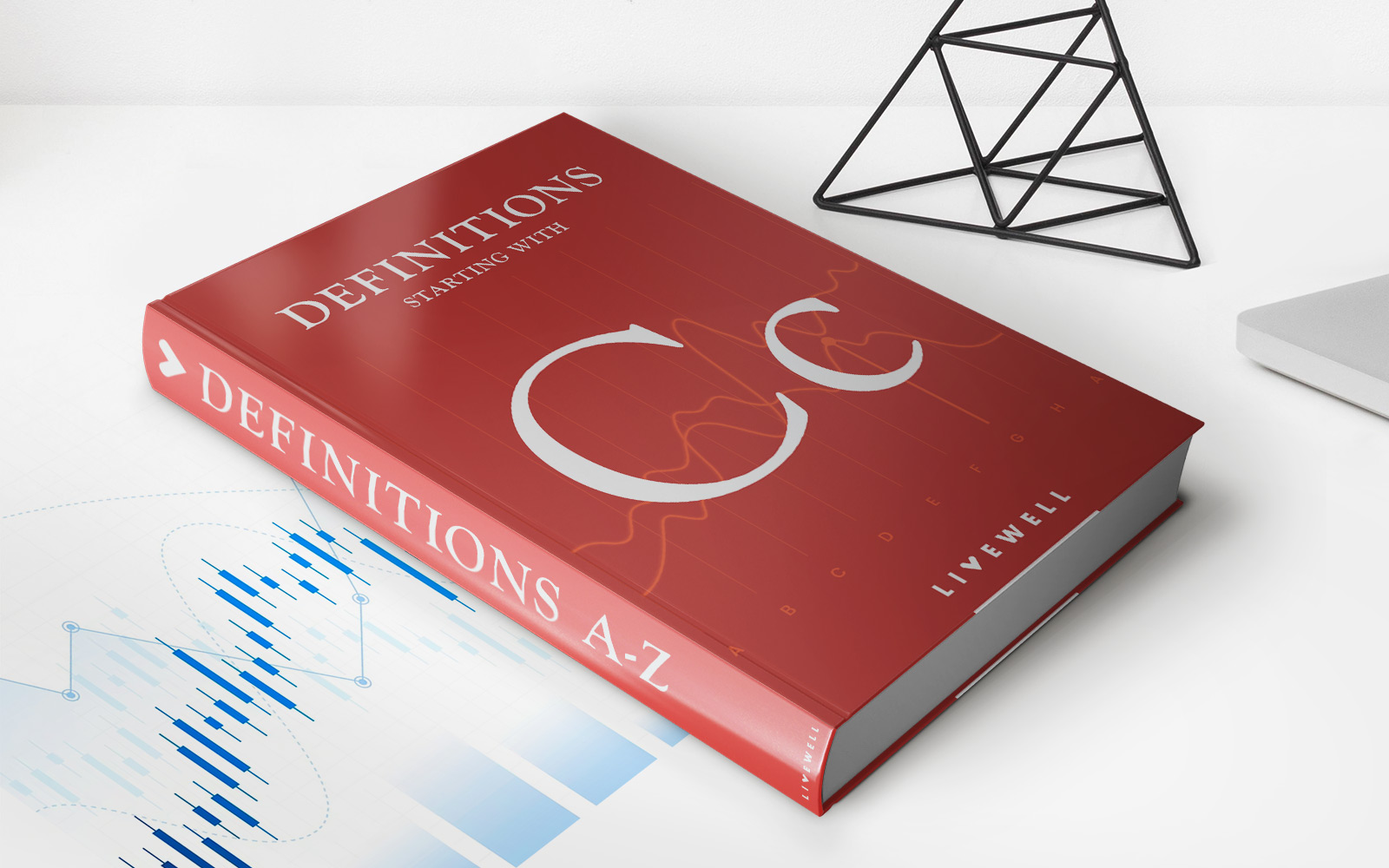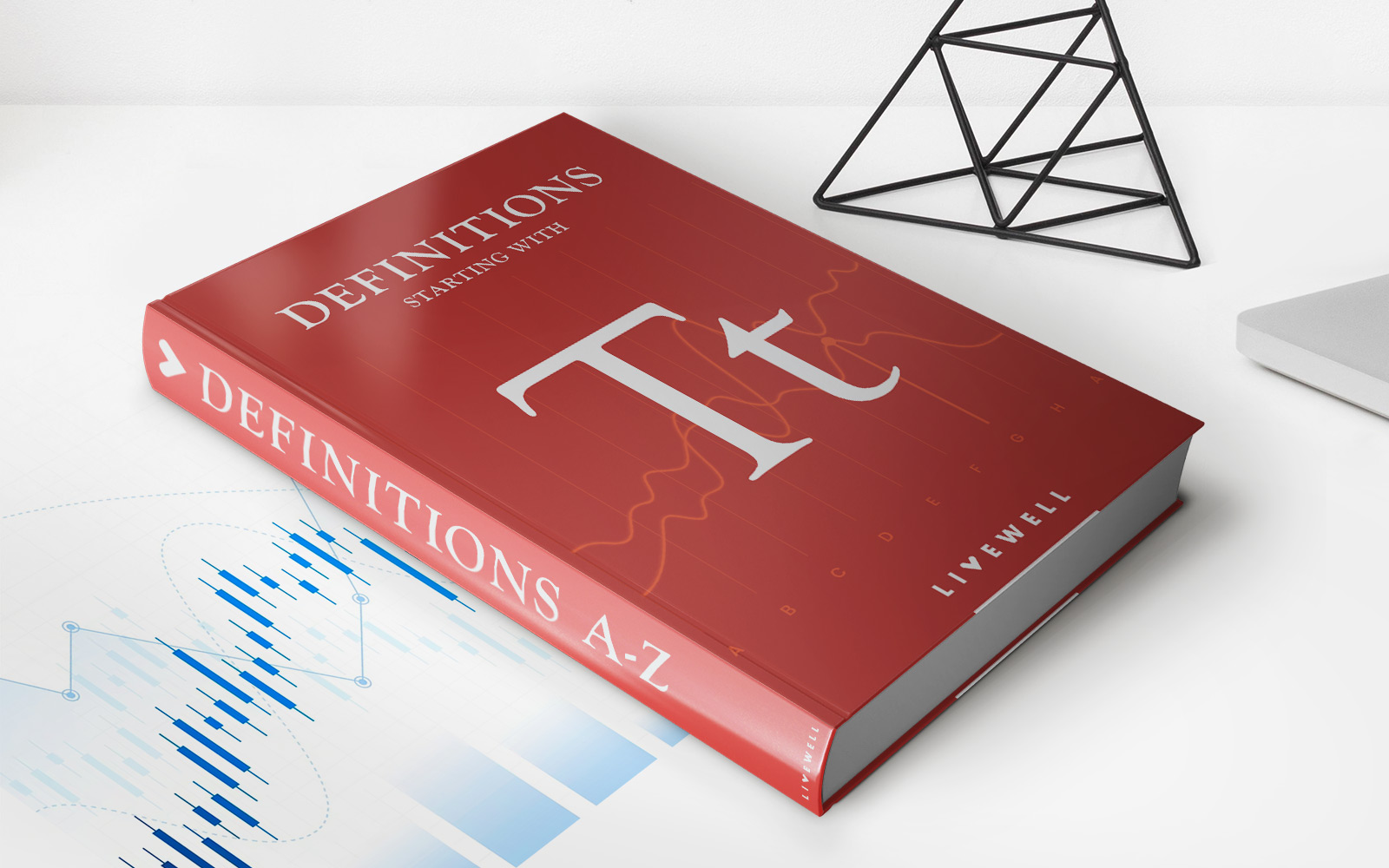

Finance
Two-Sided Market: Definition And Examples
Published: February 12, 2024
Curious about the concept of a two-sided market in the world of finance? Discover the definition and examples of this unique economic phenomenon.
(Many of the links in this article redirect to a specific reviewed product. Your purchase of these products through affiliate links helps to generate commission for LiveWell, at no extra cost. Learn more)
Understanding the Concept of Two-Sided Markets in Finance
Finance is a vast and dynamic field that encompasses various aspects. One important concept within finance is the notion of a two-sided market. In this blog post, we will delve into what exactly a two-sided market is, its significance, and provide you with some real-life examples to help you grasp the concept more effectively.
Key Takeaways:
- A two-sided market refers to a type of market where two distinct groups of users or participants are interconnected and rely on each other to create value.
- These markets often involve platforms or intermediaries that facilitate interactions and transactions between the two groups.
What is a Two-Sided Market?
A two-sided market, also known as a multi-sided market or platform ecosystem, is a type of market where two distinct groups of users or participants are interconnected and rely on each other to create value. In such markets, the presence and participation of both sides are crucial for the market to function effectively.
These markets often involve platforms or intermediaries that facilitate interactions and transactions between the two groups. These platforms play a crucial role in enabling the exchange of goods, services, or information between the two sides, creating a network effect that enhances the value for all participants involved.
Significance of Two-Sided Markets
The concept of a two-sided market allows for the creation of a mutually beneficial ecosystem, where both sides of the market can reap rewards. This type of market structure has gained significant traction in recent years, particularly in the world of finance. Here’s why two-sided markets are significant:
- Increased Efficiency: By connecting two distinct groups, two-sided markets streamline transactions and information flows, resulting in increased efficiency and reduced costs.
- Network Effects: Two-sided markets often exhibit network effects, where the value of the platform increases as more participants join. This positive feedback loop encourages more users to join, leading to exponential growth.
- Enhanced Innovation: Two-sided markets foster innovation by bringing together different perspectives and expertise from both sides. This collaboration can lead to the development of new products, services, or features that cater to the needs of all participants.
Examples of Two-Sided Markets in Finance
Now that we have a better understanding of two-sided markets, let’s explore some real-life examples within the realm of finance:
- Payment Processors: Payment processors, such as PayPal and Stripe, act as intermediaries between merchants and consumers. They provide secure and convenient payment solutions while facilitating transactions between the two groups.
- Stock Exchanges: Stock exchanges like the New York Stock Exchange (NYSE) bring together buyers and sellers of financial instruments. They provide a platform for investors to buy and sell stocks, bonds, and other securities, ensuring liquidity in the market.
- Credit Card Networks: Credit card networks, such as Visa and Mastercard, connect merchants, cardholders, and issuers. They enable seamless transactions and provide fraud protection, benefiting all parties involved.
These examples highlight the diverse applications of two-sided markets in finance and illustrate how platforms or intermediaries play a pivotal role in facilitating interactions and transactions to create value for both sides.
In Conclusion
Two-sided markets have transformed the way transactions and interactions occur within the finance industry. By understanding the concept and recognizing its significance, finance professionals can leverage the power of two-sided markets to create efficient, innovative, and mutually beneficial ecosystems.
As the finance industry continues to evolve, the concept of two-sided markets will undoubtedly play an even more prominent role in shaping its future. Embracing this model could lead to new opportunities for growth and development in this dynamic field.
